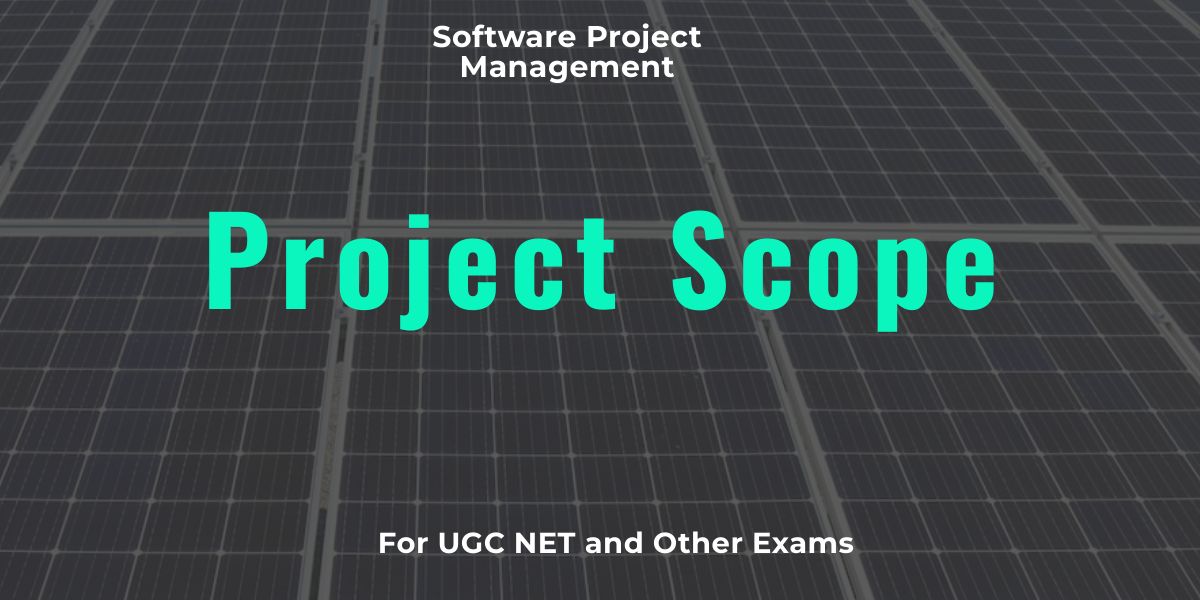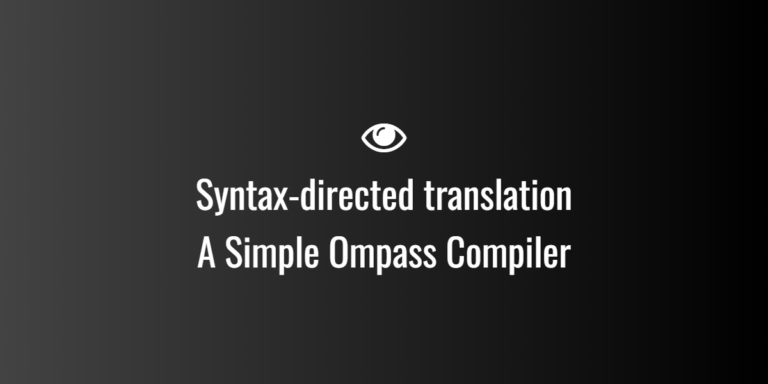
Project Scope
What is Project Scope?
Project scope defines the boundaries, objectives, deliverables, tasks, resources, and constraints of a project. It outlines what will be included and what will not be included in the project to ensure that all stakeholders have a clear understanding of the project’s direction.
A well-defined project scope helps in managing expectations, preventing scope creep, allocating resources efficiently, and ensuring project success.
Key Elements of Project Scope
The project scope typically consists of the following elements:
| Element | Description |
|---|---|
| Project Objectives | Defines the goals the project aims to achieve. |
| Deliverables | The tangible or intangible outputs (e.g., software, reports, designs). |
| Requirements | Functional and non-functional requirements that define what the project must meet. |
| Boundaries | Defines what is included and what is excluded from the project. |
| Assumptions | Factors that are assumed to be true for the project (e.g., resource availability). |
| Constraints | Limitations on time, cost, resources, or technology. |
| Stakeholders | Individuals or groups involved in or affected by the project. |
| Acceptance Criteria | The standards that define when a deliverable is considered complete. |
Importance of Defining Project Scope
✔ Prevents Scope Creep: Ensures the project stays on track and within budget.
✔ Enhances Communication: Provides clarity to all stakeholders.
✔ Improves Resource Management: Helps in efficient allocation of resources.
✔ Defines Clear Deliverables: Ensures customer expectations are met.
✔ Helps in Risk Management: Reduces uncertainties and unexpected changes.
Steps to Define Project Scope
1️⃣ Identify Project Objectives
- Clearly state the main goals of the project.
- Example: “Develop an e-commerce website for online clothing sales.”
2️⃣ List Project Deliverables
- Define the expected outputs (e.g., software application, documents, reports).
- Example: “A mobile-responsive website with payment integration.”
3️⃣ Define Requirements
- Functional Requirements: What the system must do (e.g., “Users can add products to a cart”).
- Non-Functional Requirements: Performance, security, usability (e.g., “Page load time should be <2 seconds”).
4️⃣ Set Boundaries
- Define what is in scope and what is out of scope.
- Example:
- ✅ In Scope: Website development, database setup, payment gateway integration.
- ❌ Out of Scope: Mobile app development, AI-powered recommendations.
5️⃣ Identify Assumptions & Constraints
- Assumptions: Conditions believed to be true (e.g., “Client will provide content”).
- Constraints: Limitations (e.g., “The budget is $50,000, and the deadline is 6 months”).
6️⃣ List Stakeholders
- Identify key individuals, teams, or departments affected by the project.
- Example: Client, development team, testers, marketing team.
7️⃣ Define Acceptance Criteria
- Set quality standards that must be met for deliverables to be accepted.
- Example: “The website must pass security and performance testing before launch.”
Example of a Project Scope Statement
📌 Project Name: “E-Commerce Website for Fashion Retailer”
📌 Objective: Develop a user-friendly, mobile-responsive online shopping platform.
📌 Deliverables:
- Fully functional website
- Secure payment gateway integration
- Customer account and order tracking system
📌 In Scope: - Website design and development
- User authentication system
- Integration with PayPal & Stripe
📌 Out of Scope: - Mobile app development
- AI-based chatbot
📌 Assumptions: - Client will provide product images and descriptions
- Hosting and domain will be managed by the client
📌 Constraints: - Budget: $50,000
- Timeline: 6 months
Common Challenges in Project Scope Management
❌ Scope Creep: Uncontrolled expansion of project scope without approval.
❌ Unclear Requirements: Leads to misaligned expectations.
❌ Stakeholder Conflicts: Differing priorities between teams.
❌ Lack of Documentation: Causes misunderstandings and delays.
How to Manage Project Scope Effectively
✔ Create a Scope Statement: Document all scope details clearly.
✔ Use a Work Breakdown Structure (WBS): Break the project into smaller tasks.
✔ Set Change Control Processes: Ensure changes are approved before implementation.
✔ Communicate Regularly: Keep stakeholders informed about project progress.
✔ Monitor and Validate Scope: Conduct periodic scope reviews to stay on track.
Conclusion
Project scope is a critical component of project management that defines what is included, what is excluded, and what must be delivered. By clearly outlining the scope, teams can ensure efficient execution, proper resource allocation, and successful project completion.




